
a middle grade dystopian novel where science meets social studies meets terrifying what ifs
If a book stuffed to the seams with big ideas, makes your soul leap, then Eye of the Storm is the book for you.
I can’t think of a better page-turner to help future decision makers grapple with ethical problems than Kate Messner’s novel.
In the near future when massive tornadoes are a daily event and meteorological engineering is possible, Jaden Meggs spends her summer in a community-wide storm shelter created by her father. She also learns that her father is steering storms away from her exclusive neighborhood and toward the organic farms, the competitors of his bio-engineered food company. Jaden has to decide what her obligations are and to whom.
Kate Messner takes the modern day issue of global warming, creates a worst case scenario of daily tornadoes and leaves the reader wrestling with deep questions.
Who has the right to decide how to solve weather problems? The government? The scientists? The individual? Communities with access to power? Everyone?
Who has access to safety? Who doesn’t? Why? Why does it matter who has access? Are there similar situations today? In history? What other issues of access does society have?
What kind of foods do people want to eat? Does everyone have choice to eat the food they want to eat? Should they? How does that impact other people in the community?
These questions are some of what future leaders have to face. So why not use Eye of the Storm as a springboard for discussion. Some of you may dismiss this book because it doesn’t neatly fit into a multiple choice test curricula. But would you rather have a president who’s adept at filling out a standardized test or a president who uses his or her critical thinking skills and ethical compassion to solve problems?
I have so fallen in love with this book that I have convinced my seventh grade Science, Humanities and English teachers to work with me to create a research project. As we design this curriculum, we are looking at the STEM standards and environmental issues. We are focusing on, how individuals can take a stand within the context of society or a government and what skills they need to create change. We are also studying the dystopian genre and examining what the format can teach us about the world and about crafting a story.
All of our work has been inspired by Kate’ Messenr’s skillful dystopian novel. Thank you Kate Messner.



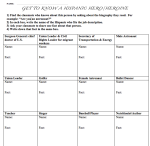



 The Skin You Live In
The Skin You Live In Skin Again
Skin Again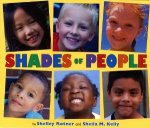 Shades of people
Shades of people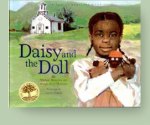 Daisy and the Doll
Daisy and the Doll 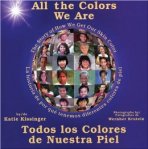 All the Colors we are: the story of how we get our skin color
All the Colors we are: the story of how we get our skin color  The Skin I’m In
The Skin I’m In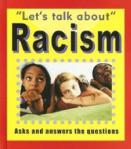 Racism (Let’s Talk About)
Racism (Let’s Talk About) The Skin I’m In
The Skin I’m In Face Relations: 11 Stories about seeing beyond Color
Face Relations: 11 Stories about seeing beyond Color Black Like Me
Black Like Me




